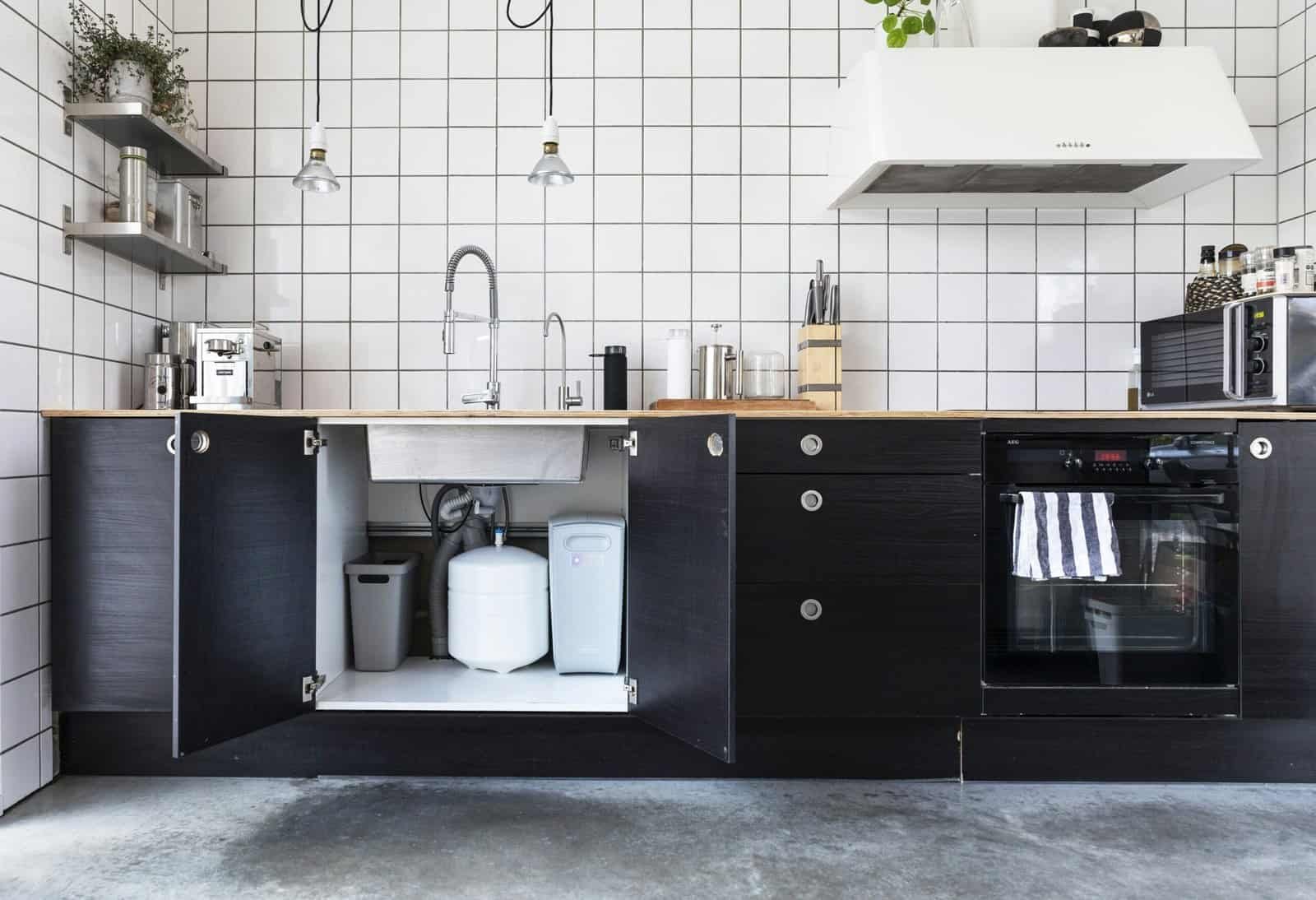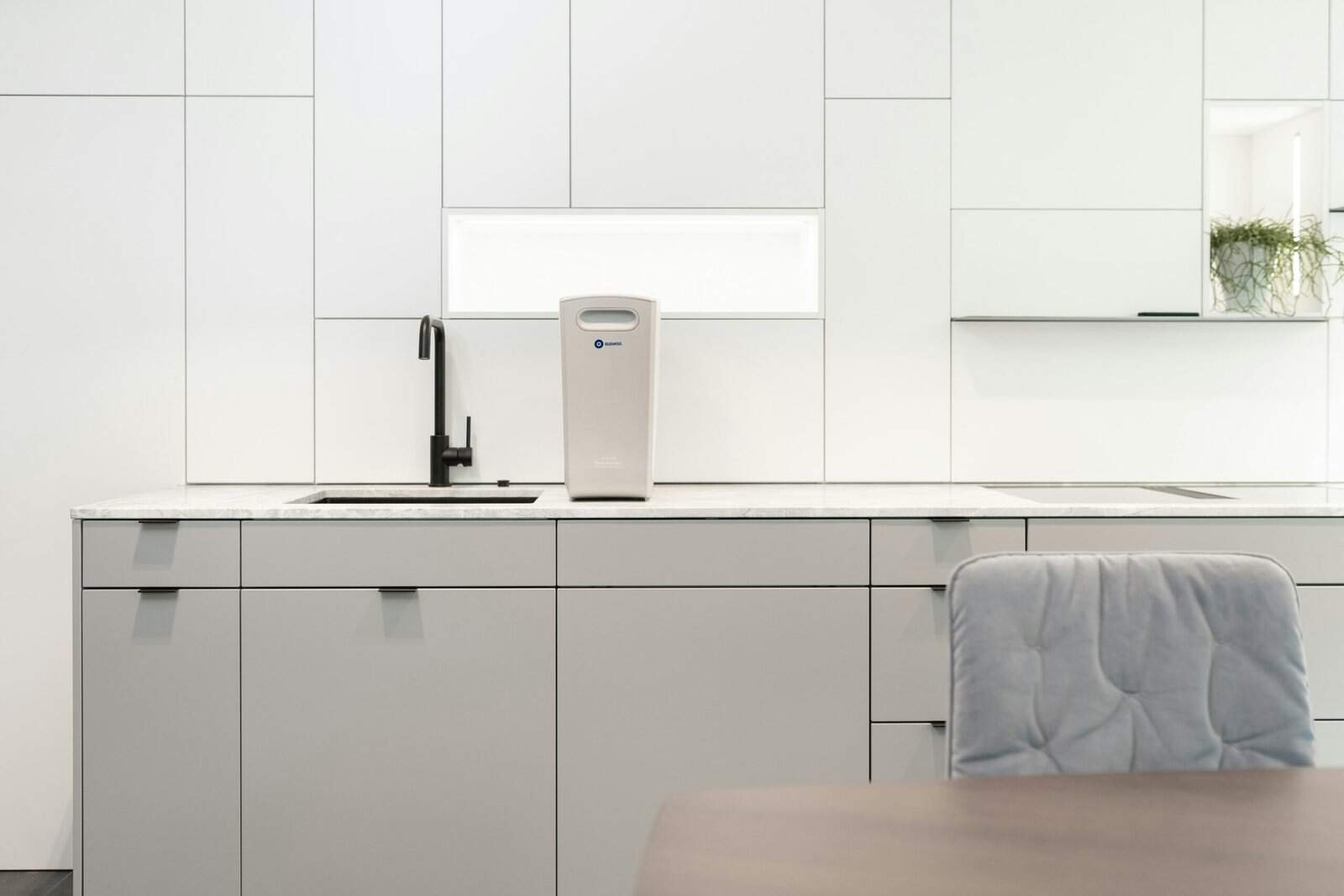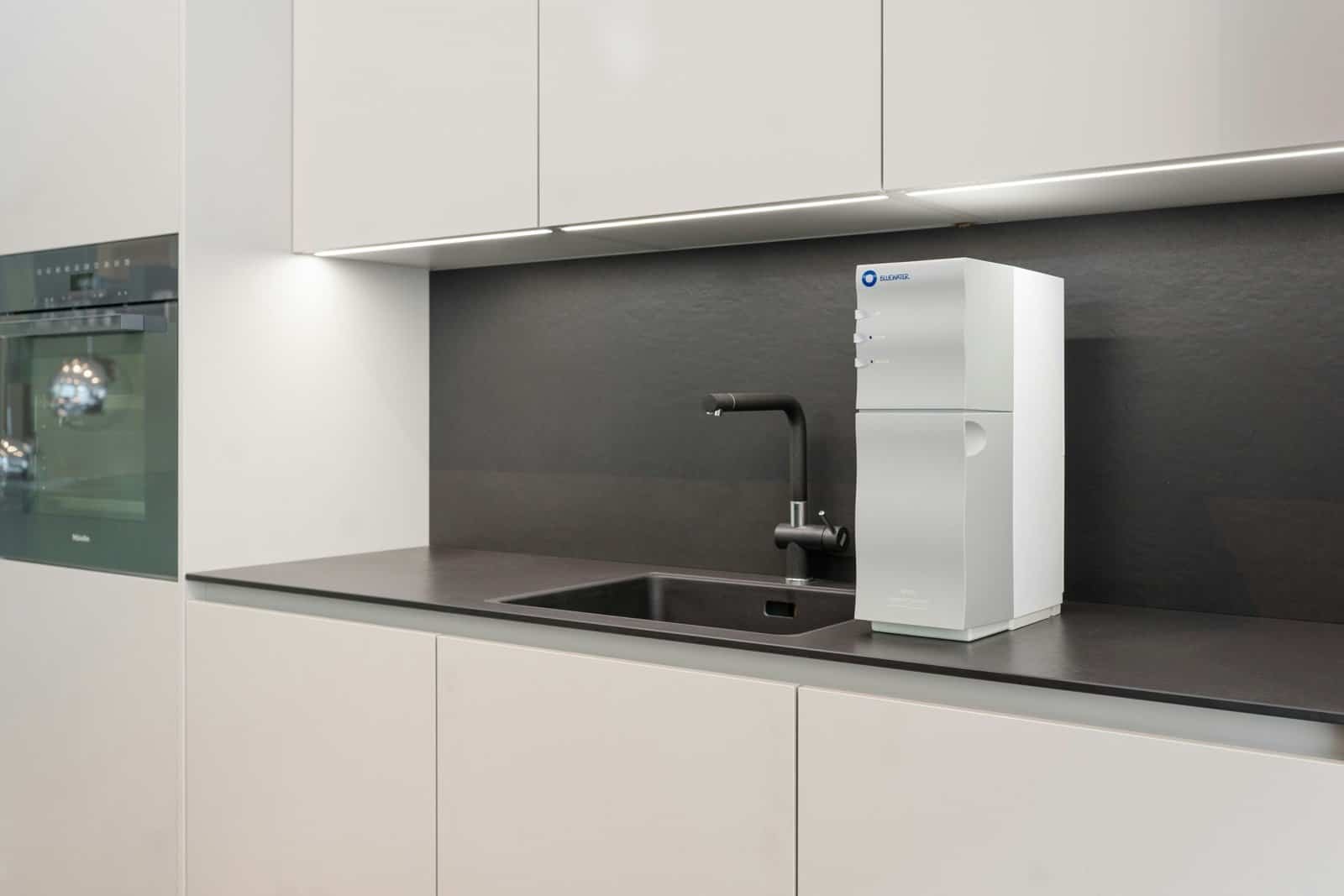Have you ever wondered about the health and safety of your well water? If you’re relying on a well water system, it’s crucial to ensure that your water supply is clean and free from any harmful contaminants. Over time, well water can become susceptible to pollutants and bacteria, necessitating regular disinfection to maintain its quality.

Understanding the Importance of Well Water Disinfection
Disinfecting your well water isn’t just a routine task; it’s essential for ensuring that your water stays safe for consumption. Unlike municipal water systems, which are frequently monitored, private well systems require your attention to prevent contamination from bacteria, viruses, and other harmful pathogens. By maintaining a proper disinfection routine, you can safeguard your family’s health and extend the lifespan of your well infrastructure.
Why Should You Disinfect Your Well Water System?
Contaminated well water can lead to a variety of health issues, including gastrointestinal infections, reproductive problems, and neurological disorders. Moreover, the presence of iron bacteria or sulfate-reducing bacteria may result in unpleasant tastes and odors, reducing water quality. By routinely disinfecting your well, you’re not only ensuring the safety of drinking water but also preserving the integrity of your plumbing system.
Common Contaminants in Well Water
So, what might lurk within your well water? Common contaminants include coliform bacteria, E. coli, nitrates, heavy metals, and volatile organic compounds (VOCs). Each of these contaminants poses its own risk and requires different testing and treatment approaches. A regular disinfection routine helps mitigate these risks, but it’s equally important to conduct periodic water testing for an accurate analysis of your water’s condition.
When to Disinfect Your Well
Timing and frequency are key when it comes to well water disinfection. Regular maintenance depends on various factors, including your water’s initial quality, environmental changes, and any incidents affecting your well system.
Routine Disinfection
It’s advisable to disinfect your well water system annually as part of its regular maintenance. An annual check ensures that any latent contaminants are addressed promptly, helping you avoid a build-up of harmful agents.
Situational Disinfection
There are specific scenarios where immediate disinfection is necessary. These include following any structural changes to the well or plumbing, such as repairs or replacements, after incidents of flooding, or if routine water tests indicate contamination. These situational interventions help prevent unexpected issues from escalating.
Testing Your Well Water
Before undertaking the disinfection process, it’s important to know exactly what you’re dealing with. Testing your well water provides a baseline for identifying impurities and influences your choice of disinfection technique.
Types of Water Tests
Think about conducting chemical and microbiological tests as they can reveal different contaminants. Microbiological tests will primarily focus on detecting bacteria, such as coliform or E. coli, while chemical tests might reveal the presence of nitrates, arsenic, and other metals. Comprehensive testing sets the stage for informed disinfection and treatment plans.
Interpreting Test Results
Understanding your water test results can sometimes feel overwhelming. Valuable as they are, these results should guide your next steps. If contaminants are present, refer to their concentration levels and government-set safety standards for drinking water. Any levels above these standards necessitate action, either through disinfection or additional treatment solutions.
Methods of Well Water Disinfection
Various disinfection methods ensure your well water is free from contaminants. Each comes with its strengths and some limitations, so the choice should depend on specific water conditions and personal preferences.
Shock Chlorination
Shock chlorination is one of the most common methods and involves introducing a high concentration of chlorine to your well water to eliminate bacteria. While highly effective, it should be done with precision and care, as improper application may cause adherence or scaling in pipes.
UV Water Purification
Another method involves using ultraviolet (UV) light to disinfect water. UV purification systems offer a chemical-free solution, making them an attractive option for those wary of chlorine treatments. However, UV systems require electricity and can be less effective against non-bacterial contaminants like VOCs or heavy metals.
Ozonation
Ozone gas serves as a potent oxidizer. Ozonation systems neutralize bacteria, viruses, and some chemicals, providing a comprehensive solution for disinfection. That said, ozonation systems are typically more costly and require professional installation and maintenance.
Continuous Chlorination Systems
Unlike shock chlorination, continuous systems introduce a steady, low level of chlorine into the water. They are ideal for ongoing purification, suitable for wells with known contamination issues. However, these systems require careful calibration to avoid excessive chlorine levels, which can affect taste and pose health risks.

How to Perform Shock Chlorination
If you’ve decided on shock chlorination, following a clear step-by-step procedure can ensure effective disinfection and lasting results.
Preparing for Shock Chlorination
Before you begin, gather the necessary tools: an appropriate amount of chlorine (usually household bleach), a hose, a container for mixing, and safety gear like gloves and goggles. Ensure there’s a backup water supply for a day or two, as the water will be undrinkable during the process.
Step-by-Step Process
- Turn off the Well Pump: This ensures no contamination is drawn up during the process.
- Mix the Chlorine Solution: Combine chlorine with water in a clean bucket, following guidelines for the correct concentration based on your well’s water volume.
- Add the Solution to the Well: Carefully pour the mixture directly into the well.
- Recirculate the Water: Attach a hose to a nearby faucet and run water back into the well, thoroughly mixing the chlorine throughout the system.
- Purge Inside Plumbing: Open all indoor and outdoor faucets until you smell chlorine from each one to ensure the solution reaches the plumbing system. Turn off the faucets afterward.
- Let It Sit: Leave the chlorinated water to sit within the well and plumbing for a period determined by your specific needs—usually at least 12-24 hours.
- Flush the System: Thoroughly flush out the system by running water through an outside hose away from sensitive plants and septic systems until the chlorine smell dissipates.
Post-Disinfection Testing
After disinfection, it’s crucial to retest the water to confirm that chlorine levels have returned to acceptable limits and contaminants are effectively reduced or eliminated. This step validates your efforts and ensures the safety of the water supply.
Maintaining Your Well Water System
Beyond disinfection, there are other steps to routinely maintain the cleanliness and efficiency of your well water system.
Installing Water Filters
Incorporating filters can further enhance water quality by targeting specific contaminants, such as sediments, iron, or organic compounds. Based on your water analysis and needs, select appropriate filtration systems, ensuring regular maintenance and replacements.
Regular Inspections
Annual inspections by a professional can spot any issues with well components that might affect water quality, like casing integrity or pump performance. Timely interventions help avert larger, costlier problems down the line.
Monitoring Water Levels
Keep an eye on water levels, as fluctuations might indicate overuse or changes in your area’s aquifer. Monitoring helps preserve water availability, alerting you to potential issues before shortages occur.

Seeking Professional Help
Sometimes, disinfection and maintenance tasks can be overwhelming or require expertise beyond your experience.
When to Consider a Professional
If your water test results show high contamination levels or you face complex issues like a collapsed well or a persistently cloudy supply, consulting with a water treatment professional is advisable. They can provide tailored recommendations and services to ensure safe, quality drinking water.
Choosing the Right Service Provider
Look for licensed, experienced professionals who offer a wide range of services, including testing, inspection, and comprehensive water treatment solutions. Requesting references or checking reviews may aid in identifying reputable providers.
Conclusion
Access to clean, safe water is a basic necessity you shouldn’t take for granted. Your well water system can continue to deliver pure water, provided you invest in regular disinfection and maintenance. Equipped with this comprehensive guide, confidently manage your well water, knowing you’re protecting your health and home. Don’t hesitate to reach out to experts if you need additional assistance or have questions about your specific situation.

